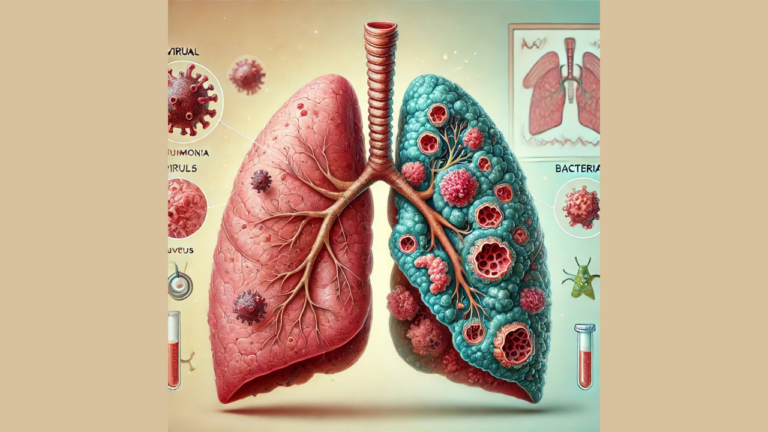Introduction Pneumonia is a common respiratory condition that affects millions of people worldwide each year. The infection can vary in severity, ranging from mild symptoms to life-threatening...
Introduction Pneumonia, often referred to as a “silent killer,” gradually develops with symptoms that can be mistaken for less serious illnesses, like the common cold or flu. This...
Introduction Pneumonia is a severe lung infection that can affect anyone, but its impact is disproportionately felt among vulnerable populations. According to the World Health Organization (WHO)...



